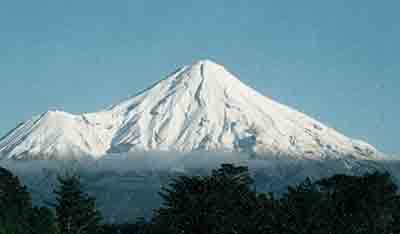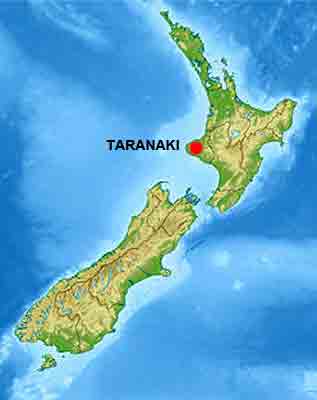Volcanic Ash sample Raw Minerals Lapilli Pumice Lava Bombs Stones Rocks for Collection.
Rare collection of Volcanic Sand with Magma fragments of the eruption from Mount Taranaki. Medium grained.
This material comprises the beach sands near Volcano in New Zealand North Island.
Available on our website, besides ashes, pumice and bombs, also various volcanic rocks, such as Apache Teardrops, sulfur, obsidian, tuff, crystal chalk, etc.
Volcanic ash consists of small tephra, which are bits of pulverized rock and glass created by volcanic eruptions, less than 2 millimetres (0.1 inch) in diameter . Ash is created when the usually violent nature of an eruption involving steam results in the magma and solid rock surrounding the vent being torn into particles of clay to sand size.
Every ash samples is labelled and bagged in a vial with cap (mm 44 x 10), so thay can easily be removed if required for study under a microscope.
As with all volcanic ash, the material should be handled with care and not inhaled.
Mount Taranaki, or Mount Egmont, is an active yet tranquil stratovolcano in the Taranaki region on the west coast of the North Island of New Zealand. The mountain is 2,518 meters above sea level and is one of the world's most symmetrical volcanic cones.
There is a secondary cone, the Fanthams Peak (Māori: Panitahi), 1,966 meters high, on the south side. Because of his resemblance to Mount Fuji, Taranaki provided the backdrop for the film The Last Samurai.

For many centuries the mountain was called Taranaki da Māori. The word Maori tara means mountain peak, and it is thought that the naki comes from ngaki, which means "shining", a reference to the snowy winter nature of the upper slopes.
Captain Cook called him Mount Egmont on 11 January 1770 after John Perceval, the Earl of Egmont.
It appears as Mount Egmont on the maps until May 29, 1986, when it was decreed that "Mount Taranaki" would be an alternative and equal official name. The name Egmont still applies to the national park surrounding the peak and the geologists still refer to the peak as the Egmont volcano.
Taranaki is geologically young, having started the business about 135,000 years ago. The most recent volcanic activity was the production of a lava dome in the crater and its collapse along the mountainside in 1850 or 1860. Between 1755 and 1800, an eruption sent a pyroclastic flow along the north-eastern flanks of the mountain, and a moderate ash eruption occurred around 1755. The last major eruption took place around 1655. Recent research has shown that in the last 9,000 years minor eruptions have occurred approximately every 90 years on average, with major eruptions every 500 years. .
Taranaki is unusual in that he has experienced at least five of his major eruptions with

the method of collapse of the cone. Few volcanoes have suffered more than one collapse of the cone. There is also evidence that lahars are a frequent result in eruptions, which have reached the coast. Many farmers live in the paths of such destructive events.
Although volcanic eruptions are notoriously chaotic in their frequency, some scientists warn that a large eruption is "late". Massey University research indicates that significant seismic activity will likely be again in the next 50 years. The prevailing winds would probably wash ash to the east, covering most of the North Island and interrupting air routes, energy transmission lines and local water supplies.
The Taranaki rests on the remains of three old volcanic complexes located to the northwest. The Indo-Australian plate is slowly moving away from the source of magma that feeds these volcanoes. This trend is reflected in the Fanthams Peak, the new secondary cone on the southeast side of Taranaki.
The oldest volcanic remains consist of a series of lava stoppers: the Paritutu rock (156 m), which is part of the New Plymouth harbor, and the Pan di Zucchero islands offshore. These have been dated to 1.75 million years.
On the coast 15 km southwest of New Plymouth is the Kaitake chain (rising to 682 m), which has been operating for about 500,000 years.
Closer to Taranaki is the Pouakai complex. Pouakai may have originated in the same period as the Kaitake but remained active until around 240,000 years ago. Much of the great ring of Pouakai was erased from the Egmont Volcano.
Although the vucano is not active, it does not prevent it from claiming victims: as many as 84 people died to climb the mountain since the recording began in 1891, many of which have been seized by a sudden change in the weather. In terms of fatality, this mountain is the second most dangerous in New Zealand after Aoraki / Mount Cook.



